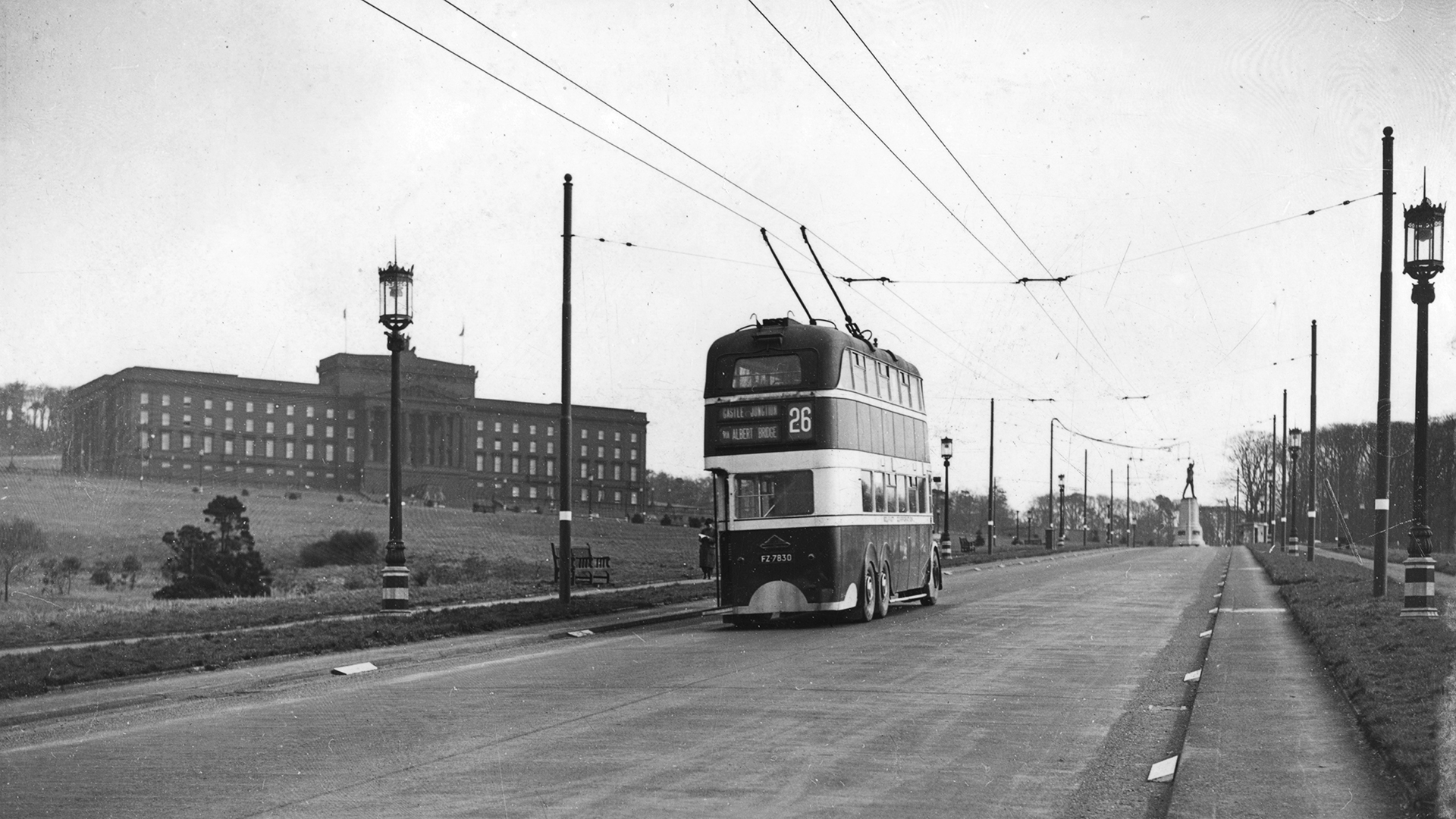On 1st September 1939, Britain introduced a nationwide blackout. This occurred 2 days before the nation declared war on Germany and the Second World War began. The aim of the blackout was to prevent enemy planes from navigating across the United Kingdom using city lights.
This was not the first time Britain had observed a blackout. In 1915, the government enforced a limited blackout. Cities dimmed their lights when reports came that Zeppelins were en-route to bomb British shores.
Britain readies for the Blackout
Preparations for the Second World War blackout began in 1937 as the threat of aerial warfare loomed. 300,000 citizen volunteers trained as Air Raid Precaution wardens. From 1938, rehearsals were common. Householders checked for leaking light on the ground while the Royal Air Force watched from above. In Northern Ireland, the Royal Ulster Constabulary and the Ulster Special Constabulary assisted with the enforcement of restrictions.
Disguising cities from the air was the main aim of the blackout. Luftwaffe pilots coupled maps and reconnaissance photos with visible landmarks. Turning off the lights was one of many defensive measures employed by the British. Burning barrels of tar created smokescreens and barrage balloons filled with hydrogen acted as a physical barrier. Of course, there was also the British weather.
Leading up to the declaration of war, the British made and hung thousands of blackout curtains and blinds. They sealed gaps with brown paper. No light got out and no air got in. Newspapers advertised “A.R.P. Curtaining” in black, brown, green, and blue. Ordinary blackout curtains could not be washed as this would weaken them and let through light. A leaflet instructed homeowners to “hoover, shake, brush then iron” the curtains.
Many citizens took extra measures to ensure not even a crack of light escaped. Tape crisscrossed windows and sandbags were piled against openings. The sandbags would have provided extra blast protection as well as preventing any light escaping from the rooms. Other items used included strips of oilcloth, linoleum or light wood placed around the blackout curtains to prevent any leaking of light.
Other buildings proved more difficult to adapt. At many large structures such as business premises, factories, and railway stations, glass windows were simply covered in a layer of dark paint. At many churches across Northern Ireland, evening services moved to the more enclosed church halls. It would have been almost impossible to blackout the large stained-glass windows.
Problems in the Dark
As well as making life difficult for the Luftwaffe, darkness made life more complicated for people in the United Kingdom getting around. Without streetlights, traffic accidents became commonplace. In 1941, there were over 9,000 fatalities on the U.K. roads. There was also an increase in the number of vehicles colliding with other obstacles including the newly erected street-side Air Raid Shelters.
Motor cars and other vehicles operated with restricted headlights. At first, a peak was fitted to the lamps on cars but this was later adapted into a full headlight mask. This involved removing the glass from the lamps and placing a metal casing with 3 downward tilted slats to direct a small amount of light towards the road. Authorities also coated public transport vehicles in Belfast with a layer of dull blue paint. A layer of darkness across the country also played into the hands of those with a criminal mindset who conducted their illegal activities with added ease in the hours of darkness.
Well-meaning citizens and volunteers took to the streets with white paint with varying results. Kerbstones, fences, railings, and roadside poles were often painted with thick white stripes. In Belfast, the Belfast Corporation – a forerunner of the Belfast City Council – held the responsibility for much of the new paintwork. These white bands helped people in vehicles and even pedestrians to get around. However, some white or light coloured buildings were also painted dark. This included the Parliament Buildings at Stormont, Belfast which was coated with a mixture of bitumen and cow manure. Evidence of this remains on the white stonework even today.
In Belfast in 2016, a new city centre speed limit of 20mph was enforced. This was the maximum speed allowed on all roads from 1939. While this is a newly reinstated restriction, one thing has remained from the blackout of 1939. This was the first time white lines were painted down the centre of roads in the United Kingdom.
To stop the escalating road accidents, other unorthodox suggestions were put forward. These included pedestrians walking facing into the traffic, and gentlemen leaving their shirttails out to reflect any light. Other ideas put forward from authorities in London included carrying a newspaper or a white handkerchief.
Brighter days after the Blackout
A “Dim-out” began in September 1944. This allowed the introduction of moonlight-level lighting. Were an alert to sound, full blackout should once again be observed. The blackout would endure until 30th April 1945, two weeks after the liberation of much of Germany. By then, Allied troops were making the final advance on Berlin and many hoped the end of the Second World War was in sight. The people of Great Britain and Northern Ireland had endured this unpopular inconvenience for 5 years, 123 days.



